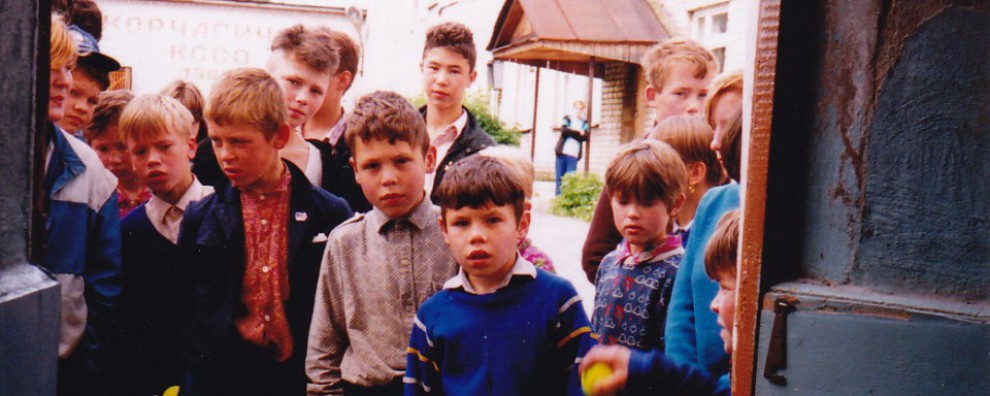We teachers in Lower Manhattan are fortunate to have the Museum of Jewish Heritage–A Living Memorial to the Holocaust in our precincts, and in most cases within walking distance. The Museum is diverse (as I write this, it is running an exhibition on design called “Designing Home: Jews and Midcentury Modernism”) but its Core Exhibition addresses the 100-year-or-so period in Europe, and the Jewish experience there, surrounding the Holocaust.
The Museum is generous with opportunities for New York City public schools to attend exhibits and educational programs. Their programs are sophisticated and students report back, even those alienated from school, that they found the experience quite meaningful.
This is a reading and writing lesson on genocide designed to equip students with prior knowledge of a key concept that will enable them to better understand the context of their museum visit. There are two do-now exercises, so if you’re unfamiliar with their use, you’ll need the Focus on One Word Worksheets Users’ Manual as well as the explanation of asterisks in the About Weekly Texts page on the banner above this entry. Although I originally taught this as a stand-alone special topic lesson, I have incorporated it into a larger Freshman Global Studies unit, so the lesson plan lacks standards to rationalize it. Again, if you look at the About Weekly Texts page, you’ll find typescripts (from which you can copy and paste standards) of the complete English Language Arts and Social Studies Common Core Standards.
Genocide is nobody’s idea of a pleasant topic for conversation; United States Ambassador to the United Nations Samantha Power has aptly called it it, in her book of the same name, “a problem from hell.” As context for a visit to A Living Memorial to the Holocaust, a relatively deep understanding of genocide and its impetuses is de rigeur. This lesson, I hope, will help students develop their own understanding of that context.
If you find typos in these documents, I would appreciate a notification. And, as always, if you find this material useful in your practice, I would be grateful to hear what you think of it. I seek your peer review.
